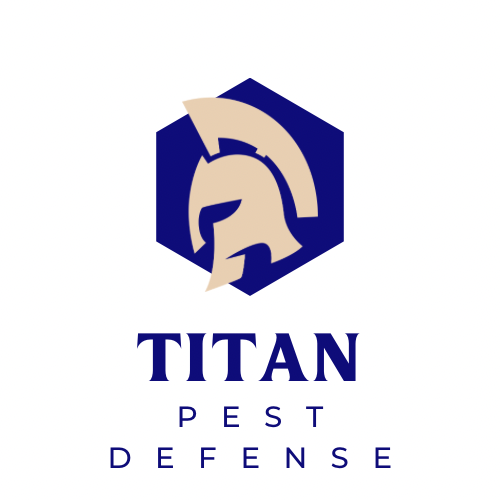Common Spiders In North Texas
Black Widow Spider (Latrodectus mactans)
Appearance: Females are glossy black with a distinctive red hourglass marking on the underside of their abdomen. Males are smaller and less conspicuous.
Behavior: Black widows are reclusive and prefer undisturbed areas. They build irregular, tangled webs near ground level. While their venom is potent, bites are rare and typically occur only when the spider is threatened.
Habitat: Commonly found in dark, sheltered locations such as garages, sheds, basements, and woodpiles.
Control Methods: Regularly inspect and clean potential hiding spots. Wear gloves when moving items stored in dark areas. Professional pest control may be necessary if an infestation is suspected.
Brown Recluse Spider (Loxosceles reclusa)
Appearance: Light to dark brown with a characteristic violin-shaped marking on the top of the cephalothorax.
Behavior: Nocturnal and non-aggressive, the brown recluse hunts at night and hides during the day. Its bite can cause significant skin damage and requires medical attention.
Habitat: Prefers warm, dry, and dark environments such as closets, attics, basements, and under furniture.
Control Methods: Declutter storage areas, seal cracks and crevices, and use sticky traps to monitor activity. Professional extermination is recommended for infestations.
Wolf Spider (Family Lycosidae)
Appearance: Robust, hairy spiders with a mottled brown, gray, or black coloration. They have excellent eyesight with two prominent forward-facing eyes.
Behavior: Wolf spiders are solitary hunters that do not spin webs. They actively chase and pounce on their prey. While they may enter homes, they are not aggressive toward humans.
Habitat: Typically found in open areas like grasslands and gardens; indoors, they may wander into basements or ground-level rooms.
Control Methods: Reduce clutter, seal entry points, and manage outdoor lighting to minimize insect prey that attracts these spiders.
Jumping Spider (Family Salticidae)
Appearance: Small, compact spiders with short legs and a distinctive eye pattern, including two large front eyes. They often have iridescent or brightly colored markings.
Behavior: Known for their excellent vision and agility, jumping spiders actively hunt during the day, leaping significant distances to capture prey. They are curious and may observe humans but are harmless.
Habitat: Commonly found on walls, windowsills, and gardens where they hunt for insects.
Control Methods: Generally, no control is necessary due to their beneficial role in controlling pests.
Common House Spider (Parasteatoda tepidariorum)
Appearance: Small, brownish spiders with a somewhat elongated abdomen and variable markings.
Behavior: They spin messy, tangled webs in corners of rooms, windows, and ceilings to catch flying insects.
Habitat: Frequently found indoors in undisturbed areas such as basements, attics, and garages.
Control Methods: Regular cleaning and vacuuming of corners and ceilings can prevent web accumulation.
Understanding the characteristics and behaviors of these common North Texas spiders can aid in their identification and management. While most are harmless and even beneficial, caution should be exercised with venomous species like the black widow and brown recluse.


